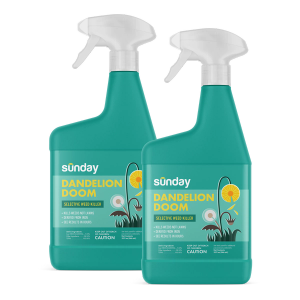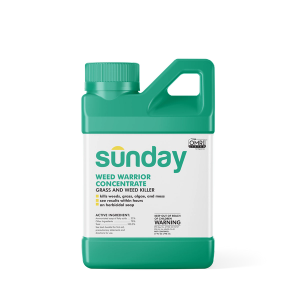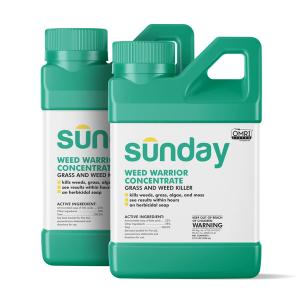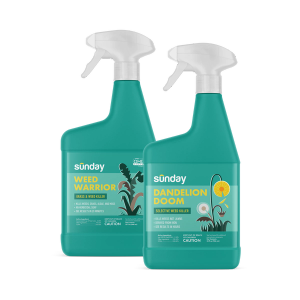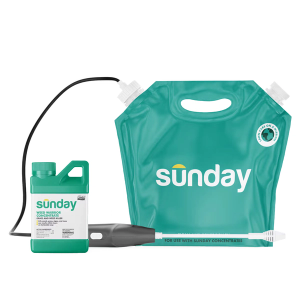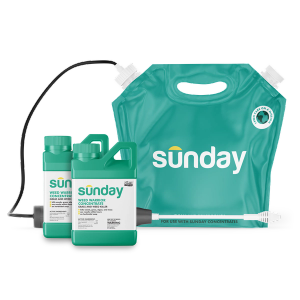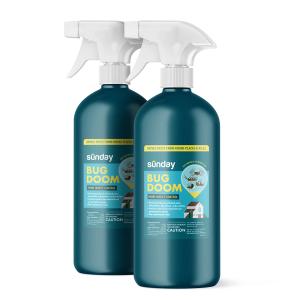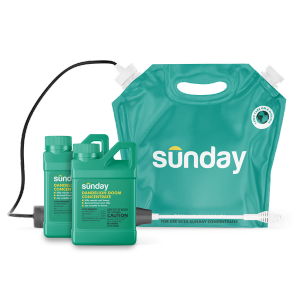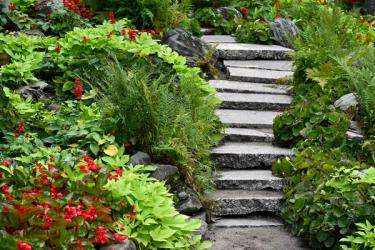
The Midwest region
The Midwest includes Illinois, Indiana, Iowa, Kansas, Michigan, Minnesota, Missouri, Nebraska, North Dakota, Ohio, South Dakota, and Wisconsin.
When selecting plants for the garden, hardiness zones provide detail on what plants will best survive your coolest weather. The midwest region includes plant hardiness zones 3-8.
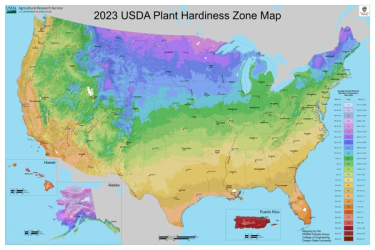
Growing plants in the Midwest
The Midwest is known for its hot, humid summers and cold, snowy, windy winters. To prep for winter, mulch the garden and cover or move plants when possible to protect plants from the cold. Water properly in the summer to fend off heat stress, and make sure to avoid overwatering and wetting the leaves to prevent disease in the already-muggy conditions.
Sunday Tip:
The Midwest serves as migratory stopover habitat for many migrating birds in spring and fall. Help support birds during migration season by planting bird-friendly plants in your garden.
Picking plants for the Midwest
Deciding which plants to grow in your backyard can be tricky—but it's easier when you select plants adapted to your home. Using the tips above, start by narrowing in on the plants that best fit your climate from rainfall to frost dates.
A couple of other important things to consider when adding new plants to your yard is
- How much sunlight your plant needs
- How much space to leave between plants
- What are your plants' watering needs
Here are some of our go-to plant resources for planting in the West
- Audubon Native Plant Database
- National Wildlife Federation regional guide
- Your local native plant society
Sunday Tip:
Your local garden nursery and extension office is filled with local knowledge of plants that can grow in your climate and region!
Midwestern garden resources
There is more to growing plants in the Midwest than just picking the right one. How do you get ready for planting? When is a good time to plant? How do you create a garden you’ll love? We gathered all of our favorite Sunday resources to help you grow a beautiful garden from season to season in the Midwest
Fall Planting 101
Did you know that fall is actually one of the best times to plant in the Midwest? Learn why and how to get started now. Check out the best practices to planting in the fall.
How to Prepare a Garden Bed
Get your planting area ready. In the Midwest you might have to add organic matter or resolve compaction issues. Read on for everything you need to prepare your garden bed.
Outdoor Plant Suggestions by Color
Discover garden design tips and tricks to select the best plant colors. In the Midwest you might mix different shades of a single color or add pops of bright primary colors like yellows and reds. Start with our garden color wheel to choose your garden color scheme.
How to Plant a Perennial
Start off your new plants strong by following the best practices for planting. Our how to plant video shows step by step plant placement, digging the right hole, and new plant care.
How to Create a Rain Garden
For the wetter areas of the Midwest, consider planting a rain garden to help manage excess water in low-lying areas of your yard. Our guide will help you grow the right plants to create a beautiful rain garden and capture that prized moisture.
Alternative Landscaping Ideas
If you are looking to reduce the space you use to grow grass and add more biodiversity to your yard, we have tons of alternative and xeriscape landscaping options for a low-maintenance space that can also help you save water in the Midwest.


